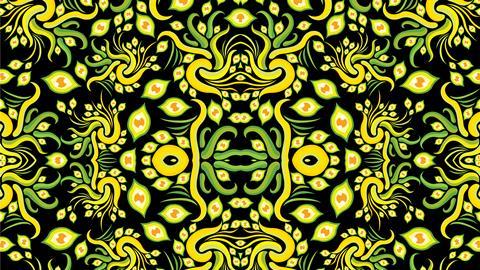Dimethyltryptamine, or DMT, has long captivated the imagination of scientists, philosophers, and psychonauts alike. Known colloquially as the “spirit molecule,” DMT is a powerful psychedelic compound that induces profound alterations in consciousness, often described as transcendent, mystical, and otherworldly. From its mysterious origins in nature to its enigmatic effects on the human mind, Enigma of DMT continues to intrigue and mystify researchers and seekers of altered states of consciousness.

The Chemistry of DMT:
DMT belongs to a class of molecules known as tryptamines, which are structurally similar to the neurotransmitter serotonin. Chemically, it consists of a tryptamine core with two methyl groups attached to the amine nitrogen atom, hence the name dimethyltryptamine. This simple molecular structure belies its extraordinary effects on the human psyche.
Natural Occurrence:
One of the most fascinating aspects of DMT is its widespread presence in the natural world. It is found in various plants, such as Psychotria viridis and Banisteriopsis caapi, which are key ingredients in the psychedelic brew known as ayahuasca, used for centuries by indigenous peoples of the Amazon for spiritual and healing purposes. DMT is also produced endogenously in trace amounts in the human body, leading some researchers to speculate about its potential role in normal brain function and altered states of consciousness.

The Psychedelic Experience:
The subjective effects of DMT are notoriously difficult to describe. Users often report intense visual and auditory hallucinations, feelings of profound interconnectedness with the universe, and encounters with seemingly autonomous entities or “beings” that defy conventional explanation. The experience is typically short-lived but extraordinarily vivid and immersive, leading many to describe it as a journey to other dimensions or realms of existence.
Neuropharmacology:
The exact mechanisms underlying the psychedelic effects of DMT remain incompletely understood. However, research suggests that DMT primarily acts as a partial agonist at serotonin receptors, particularly the 5-HT2A subtype, which are known to play a crucial role in modulating perception, mood, and cognition. Additionally, DMT may exert its effects through interactions with other neurotransmitter systems, such as dopamine and glutamate, further contributing to its complex psychoactive profile.

Therapeutic Potential:
Despite its classification as a Schedule I controlled substance in many countries, DMT has attracted growing interest from researchers exploring its potential therapeutic applications. Preliminary studies suggest that DMT-assisted therapy may hold promise for treating conditions such as depression, anxiety, PTSD, and substance abuse disorders, although much more research is needed to fully understand its therapeutic potential and safety profile.
Cultural and Spiritual Significance:
Throughout history, DMT-containing plants have played a central role in the religious and spiritual practices of indigenous cultures around the world. From the ayahuasca ceremonies of the Amazon to the peyote rituals of Native American tribes, Enigma of DMT has been revered as a sacred sacrament capable of facilitating profound spiritual insights, healing, and communion with the divine. In recent years, interest in these traditional practices has surged, leading to a renaissance of interest in DMT and other psychedelic substances as tools for personal growth, self-discovery, and spiritual exploration.
Ethical and Legal Considerations:
Despite its potential therapeutic benefits and spiritual significance, the use of DMT remains controversial and fraught with legal and ethical challenges. Concerns about safety, abuse potential, and the risk of adverse psychological reactions have prompted regulatory authorities to impose strict controls on its production, distribution, and use. Moreover, the cultural appropriation of indigenous knowledge and practices surrounding DMT raises important questions about respect, reciprocity, and the preservation of traditional wisdom in an increasingly globalized world.

Conclusion:
In conclusion, DMT occupies a unique and fascinating place in the pantheon of psychedelic substances. From its natural origins in the plant kingdom to its profound effects on consciousness and spirituality, DMT continues to defy easy explanation and categorization. As scientific research and cultural attitudes towards psychedelics evolve, it is hoped that we will gain a deeper understanding of DMT’s therapeutic potential, its role in human consciousness, and its place in the tapestry of human experience. Until then, the enigma of DMT will continue to inspire awe, wonder, and curiosity in all who dare to explore its mysteries.
